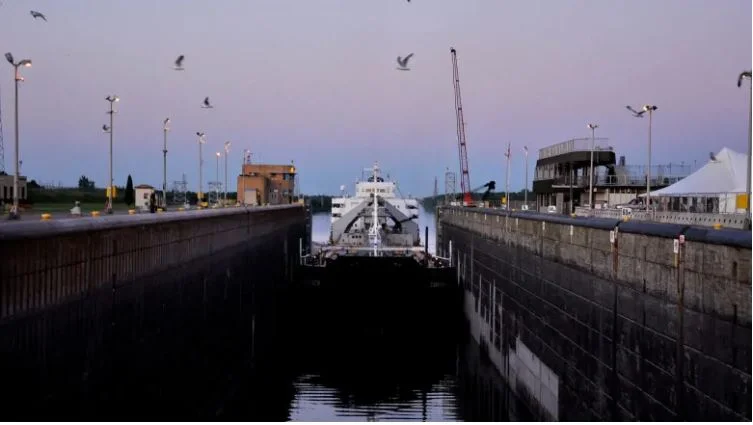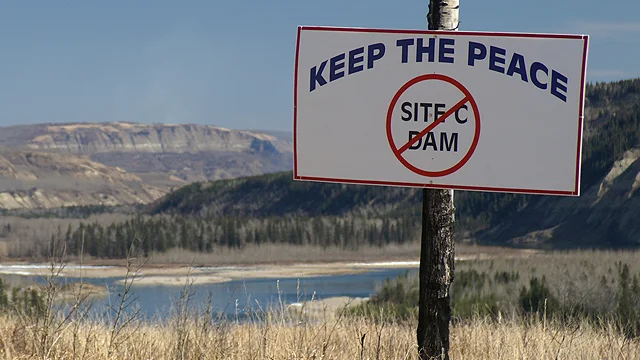Peter Croft, a director of the Gaspereau Squarenet Fishermen’s Association, said that the low water levels are caused by a combination of Nova Scotia Power’s operation of a hydroelectric dam upstream and a combination of low snowfall during the winter and little spring rain. “In the fall and winter (Nova Scotia Power) actually drains the lakes fairly low, generating power,” said Croft. “What they hope for is to recoup water by snowmelt or heavy rains before we fish in the spring. They did all the draining this year but then we didn’t get enough water back (from rain and snowmelt).”
Low Gatineau River water levels leave some out to dry
People who live and play along the Gatineau River between Chelsea and Low, Que., say they've been left high and dry after Hydro-Québec lowered water levels. The change was needed to work on the hydroelectric dam in Chelsea — with rocks now emerging from the river like miniature islands. Heather Horak relies on the river for her seasonal home's water and hauls essential supplies using a pontoon boat.
Supreme Court sides with Lac Seul First Nation over flooding compensation
The Lac Seul First Nation of northern Ontario has won a key round in its long fight to be properly compensated for the flooding of its lands caused by construction of a dam. In an 8-1 ruling Friday, the Supreme Court of Canada set aside a $30-million award and sent the matter back to the Federal Court for reassessment. A hydroelectric dam to supply power to Winnipeg was built in 1929 under an agreement between Canada, Ontario and Manitoba.
St. Lawrence water levels could wash away more than $1B
Rising water levels in the St. Lawrence Seaway could cost the economy more than $1 billion, shippers and port operators say. A new study from the Chamber of Marine Commerce warns that opening the floodgates further at a dam in Cornwall, Ont., would wash away between $1 billion and $1.75 billion in revenue for businesses on both sides of the border. A board of control recently increased the flow at the Moses Saunders Dam — the only control point on the St. Lawrence Seaway, which includes the Great Lakes — to allow 10,400 cubic metres of water per second out of Lake Ontario.
Amnesty uses World Water Day to highlight environmental racism in Canada
“Far too often, governments in Canada have demonstrated that they place little value on the health and well-being of Indigenous peoples and the revitalization of their cultures and traditions,” Tara Scurr, business and human rights campaigner with Amnesty International Canada, said in a statement Thursday.






